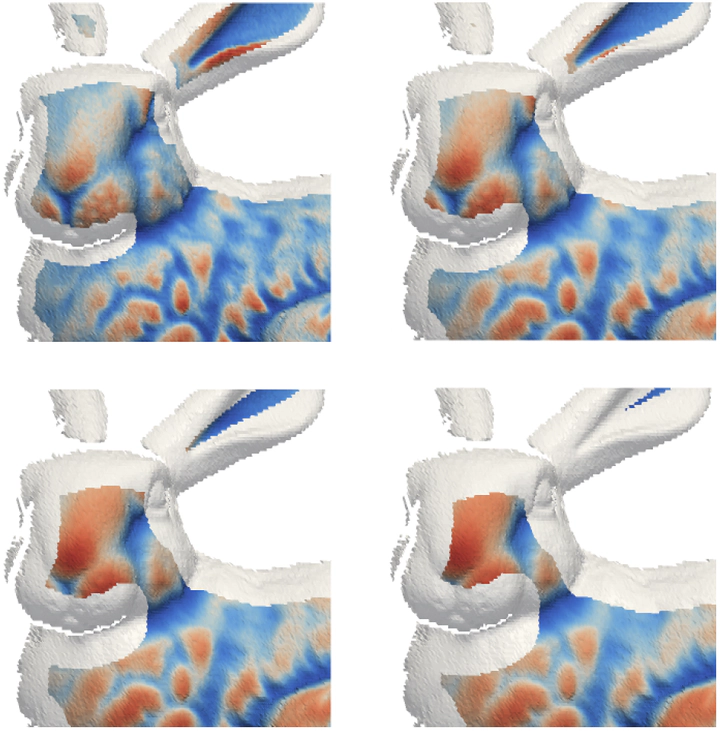
Abstract
Many successful feature detectors and descriptors exist for 2D intensity images. However, obtaining the same effectiveness in the domain of 3D objects has proven to be a more elusive goal. In fact, the smoothness often found in surfaces and the lack of texture information on the range images produced by conventional 3D scanners hinder both the localization of interesting points and the distinctiveness of their characterization in terms of descriptors. To overcome these limitations several approaches have been suggested, ranging from the simple enlargement of the area over which the descriptors are computed to the reliance on external texture information. In this paper we offer a change in perspective, where a game-theoretic matching technique that exploits global geometric consistency allows to obtain an extremely robust surface registration even when coupled with simple surface features exhibiting very low distinctiveness. In order to assess the performance of the whole approach we compare it with state-of-the-art alignment pipelines. Furthermore, we show that using the novel feature points with well-known alternative non-global matching techniques leads to poorer results.